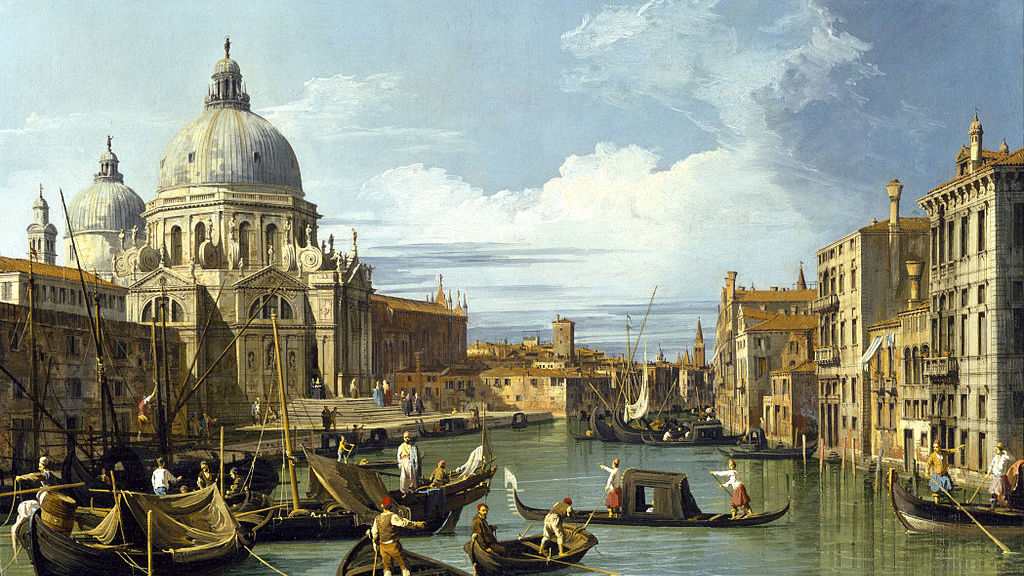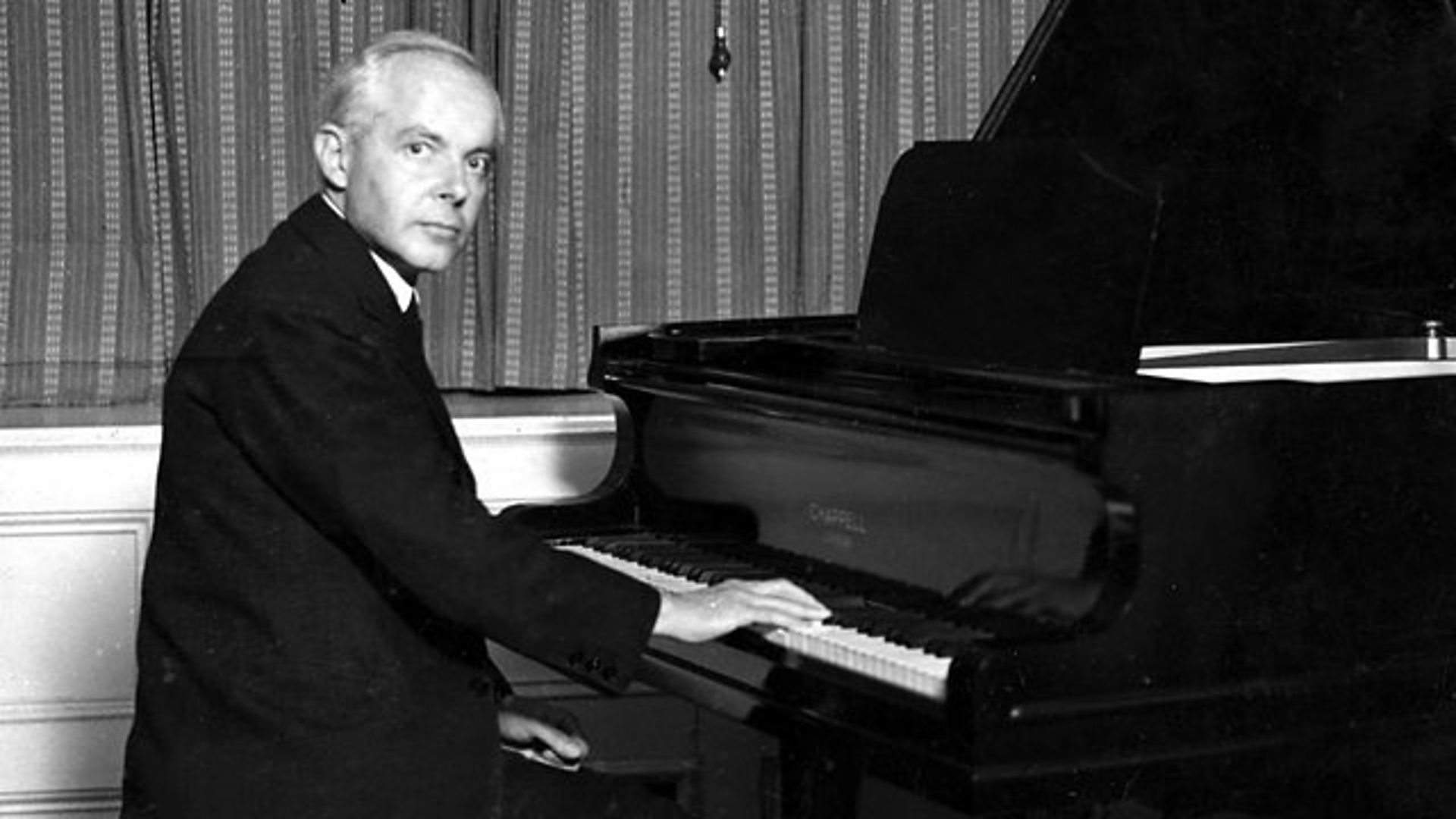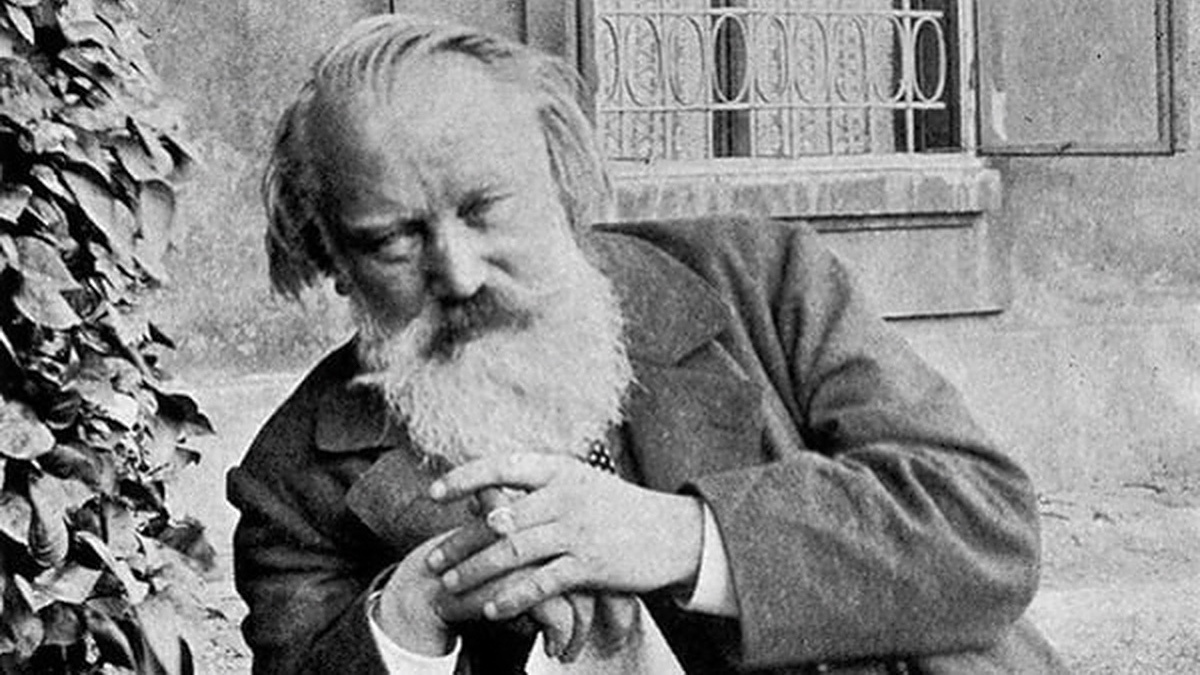Vivaldi’s Oboe Concerto in A Minor, RV 461: Alfredo Bernardini and Bremer Barockorchester
In addition to being a prolific composer, Antonio Vivaldi (1678-1741) was a virtuoso violinist, teacher, opera impresario, and musical innovator. Based primarily in Venice, Vivaldi was renowned throughout Europe. His music influenced J.S. Bach. In his final years, Vivaldi moved to Vienna with the intention of gaining employment at the court of Emperor Charles VI. Soon after, the Emperor died. Vivaldi was left without a source of income; he died in poverty. …







